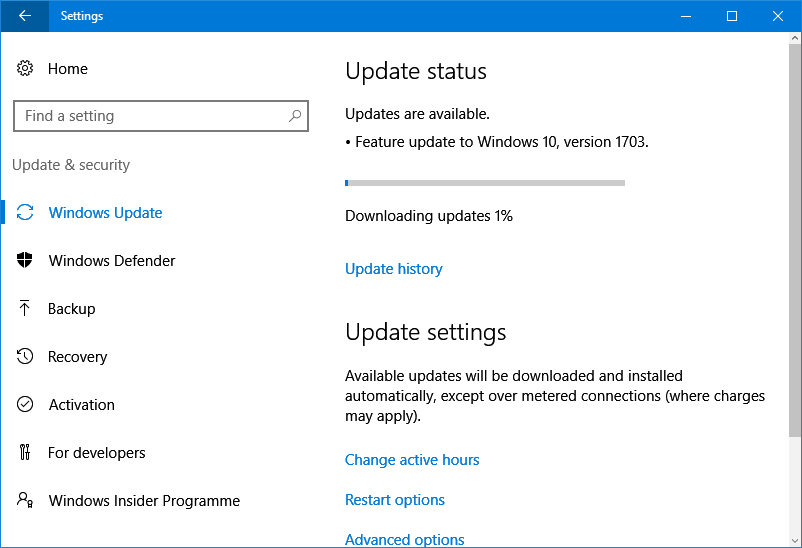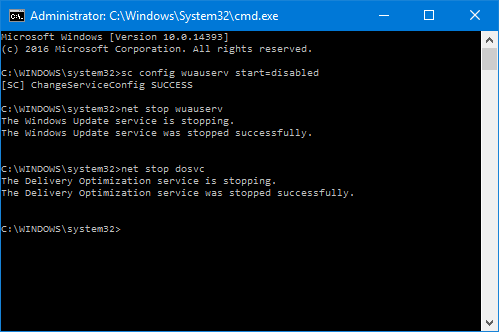This month, I finally got hold of my copy of La traduction, un sport de haut niveau (“Translation, a high-performance sport”), which is the title given to the June edition of Traduire, the journal published by the Société française des traducteurs. It was published way back in June 2016, but with moving house it got sent to my old address and I didn’t get hold of it until October this year.
It was the first time I had subscribed to the magazine, not because I was not interested, but because I wondered when I would find the time to read it. But edition 234 was dedicated to sports translations, a field in which I specialise, so I was looking forward to reading it.
There was a mixed bag of authors: some who focus only on one or two sports, some who translate other fields in addition to sport, and some who are translators who dedicate much of their free time to sport.
The pedalling translator
In Traduire à vélo, which I will liberally translate as “The pedalling translator”, Jonathan Hine (website, blog) begins by telling a short story. He then tells us about his life as a nomadic translator who travels around North America and Europe by bicycle. Interestingly, Jonathan says that his professional profile on the American Translators Association‘s website is by far his main source of new clients.
Jonathan discusses many of the difficulties encountered by nomadic translators. Whenever possible, he stays in accommodation with WiFi, though he can use his smartphone if all else fails. Given his nomadic lifestyle, it is surprising that he did not get his first smartphone until 2014. He does rent a small flat in Italy that he uses for storage or for receiving items in the post (though more often that not, he has parcels sent to friends or hotels). If Jonathan ever wants to cycle around Southern Africa, I could recommend a few routes in South Africa and Namibia! He ends his article with a list of pros and cons, which anyone considering becoming a nomadic translator would do well to read before taking the plunge.
Mourinho, the interpreter’s nightmare
In Le cauchemare des interprètes, or “The interpreter’s nightmare”, Laurent Laget (website) writes at length about the man we all love to hate, pantomime villain José Mourinho. Mourinho is known for speaking half a dozen languages, and according to Laget, “Mourinho learned Catalan” when working for FC Barcelona as Bobby Robson’s interpreter. However, like the late Johan Cruijff, despite learning to speak several other languages Mourinho has never been heard speaking Catalan in public. He certainly learned to understand Catalan, as evidenced by interviews in which the journalist asked him questions in Catalan and he responded in Spanish, but when he went to Real Madrid, he started refusing to answer questions posed to him in Catalan, saying he did not understand.
Laurent looks at some of the press conferences in which Mourinho has reacted to the intervention of the interpreter. In one instance, Mourinho protested after “we didn’t deserve to win” became “we deserved to win”! By contrast, on another occasion, Mourinho was so impressed by the efforts of a Romanian translator that he chirped: “Who pays this guy? His salary should be doubled!” Laurent also mentions that some of Mourinho’s opponents use “translator” as a taunt, as if to insult him. We should applaud how Mourinho responded on one occasion: “Don’t call me a translator because that would be an offence to every translator.” Laurent’s insightful article concludes with some thoughts on how learning a foreign language is beneficial to players’ integration. He concludes by saying that languages are a powerful tool for integration, which benefits a player’s well-being, and therefore his or her performance on the field.
Golf and concentration skills
In Golf et traduction : de la page blanche à la balle (literally “Golf and translation: from the blank page to the white ball”, but the French title works better as it uses the same word for “blank” and “white”!), Céline Graciet (website) talks about how she enjoys playing golf and draws parallels between golf and translation. According to Céline, the concentration skills she uses on the fairways and greens (and perhaps occasionally in the rough or the bunkers!) are extremely helpful when she is sat at her desk, and she says that playing golf makes her more productive. Recently, Céline is delighted to have been regularly translating documents for a new golf club.
The power of corpora
Over the page I found a very familiar name: that of Simon Berrill (website, blog). I skipped past L’art du cliché, not because I wasn’t interested in what Simon had to say, but because I’d already read The right clichés — the original from which this French text was translated — on Simon’s blog. Simon mentions the abundance of clichés in sports writing and how using corpora can help translators working on a text about a sport with which they are less familiar. He suggests building corpora using WebBootCat and analysing it using one of my favourite tools, AntConc.
Terminology on track
Next up, Taffy Martin discusses cross-border athletics in L’athlétisme à travers les frontières. She focuses mainly on the differences between how athletes spend their formative years in France and in the United States, but I think the most interesting part is where she looks at athletics terminology. Taffy notes that certain event names in English have evolved to reflect international usage (a precursor to euro-English in the EU institutions?), such as broad jump and hop, step and jump becoming long jump and triple jump, respectively, as a result of which the French event names are transparent to English readers. Continue reading




